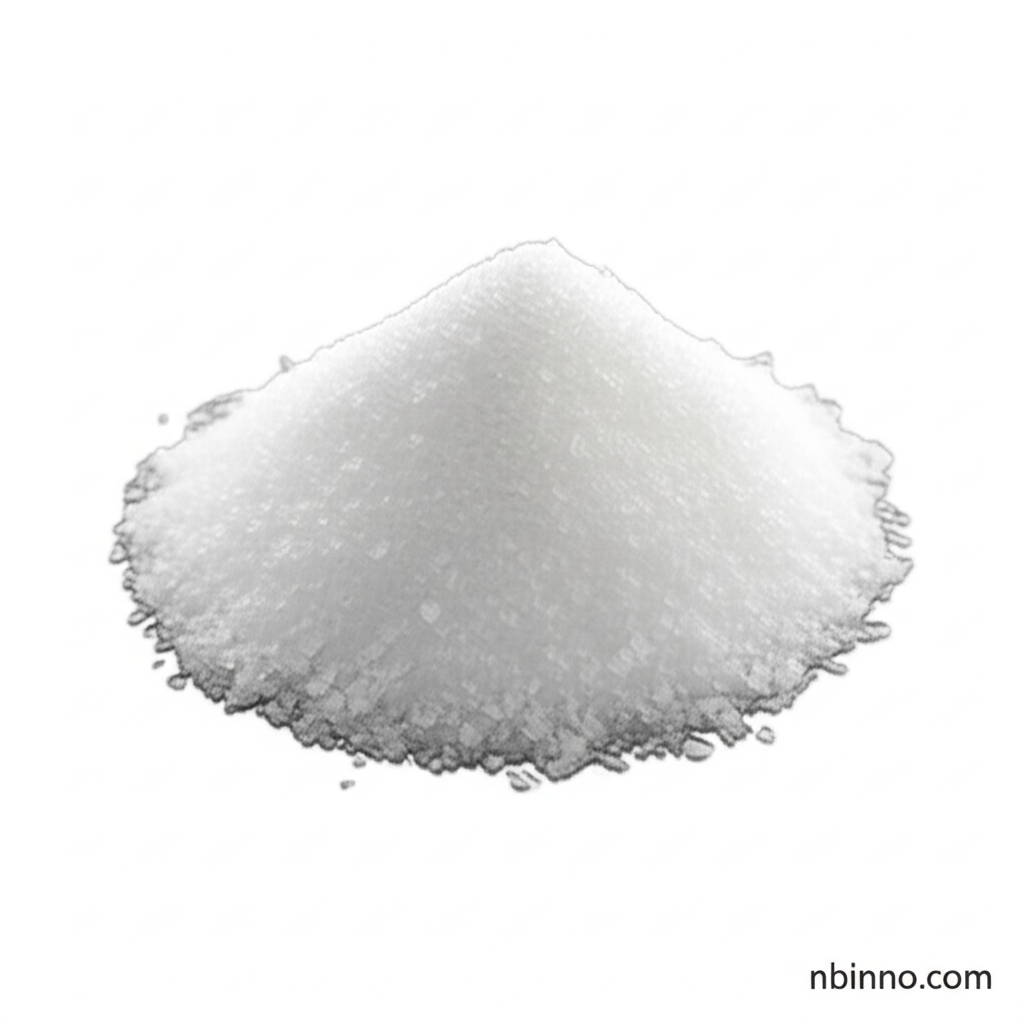Unlocking the Potential of 3-Hydroxy-4-methylbenzoic Acid
Your essential guide to understanding and acquiring a key fine chemical for diverse research and synthesis needs.
Get a Quote & SampleProduct Core Value

3-Hydroxy-4-methylbenzoic acid
As a pivotal fine chemical, 3-Hydroxy-4-methylbenzoic acid (CAS 586-30-1) serves as a crucial intermediate in various organic synthesis pathways. Its unique structure, featuring both hydroxyl and carboxylic acid functional groups, makes it highly sought after for creating complex molecules.
- Understanding the properties of 3-hydroxy-4-methylbenzoic acid is key for its effective utilization in synthesis.
- The reliable sourcing of 3-hydroxy-4-methylbenzoic acid is paramount for consistent research outcomes.
- Exploring the price of 3-hydroxy-4-methylbenzoic acid can help in budget planning for research projects.
- Discovering a trusted 3-hydroxy-4-methylbenzoic acid manufacturer ensures product quality and availability.
Key Advantages
High Purity and Quality
Ensuring high purity for CAS 586-30-1 is essential for reproducible results in chemical synthesis and laboratory applications, meeting stringent USP, BP, and FCC standards.
Versatile Chemical Intermediate
This compound is a versatile building block, widely used in creating pharmaceuticals, agrochemicals, and other complex organic compounds, making it a valuable asset for organic synthesis building blocks.
Reliable Supply Chain
Access to a consistent supply of 3-hydroxy-4-methylbenzoic acid from reputable manufacturers ensures that your research and production timelines are met without interruption.
Key Applications
Pharmaceutical Intermediates
The molecular structure of 3-hydroxy-4-methylbenzoic acid makes it a vital component in the synthesis of various pharmaceutical compounds and APIs.
Organic Synthesis
As a fine chemical intermediate, it is extensively used in laboratory settings for complex organic synthesis and the development of novel chemical entities.
Chemical Research
Researchers leverage 3-hydroxy-p-toluic acid for its reactivity and functional groups in exploring new chemical reactions and material properties.
Material Science
It can also find applications in material science, contributing to the development of specialized polymers and functional materials.
